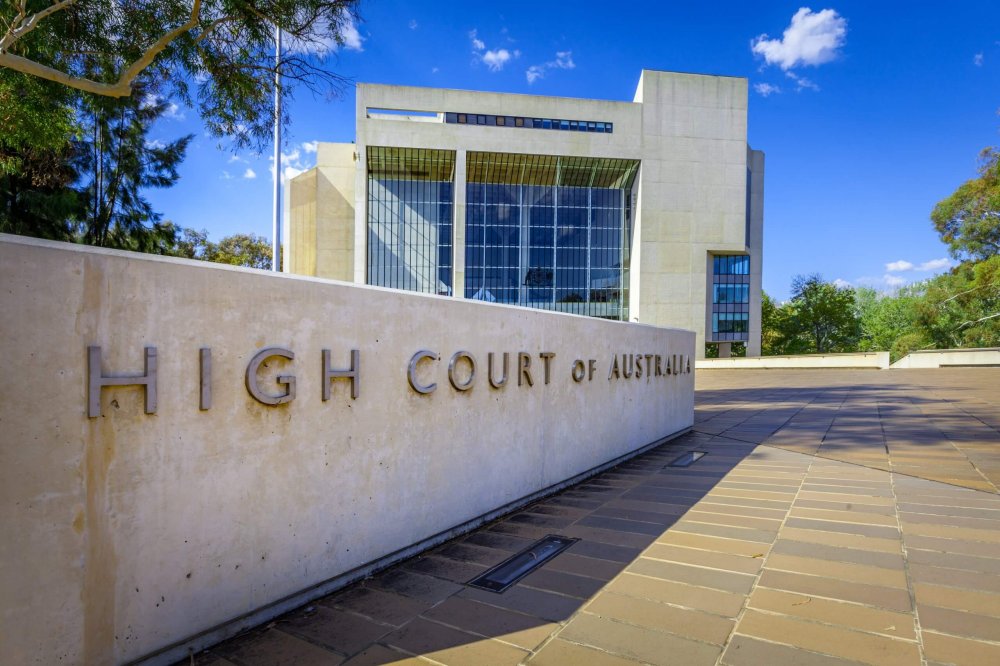High Court says ‘no one size fits all’ when it comes to competing class actions

Adam Hochroth
2021-03-10 10:18 am
| Melbourne